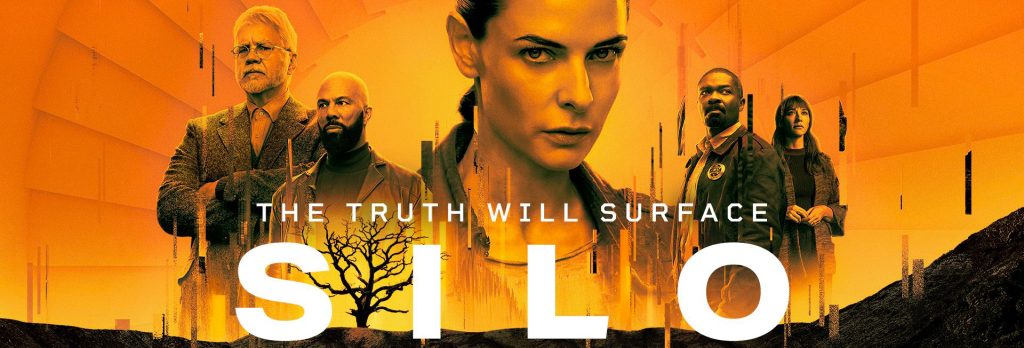
The Star Trek Communicator became the Nokia RAZR, yet people still mock sci-fi for being too “out there.” What makes us uncomfortable in fiction soon becomes a necessary crutch in real life. I found out yesterday that a friend of mine is having his knees replaced. I wasn’t surprised, just asked how long the re-hab would be.
“A few weeks,” he said. “Then they’ll last ten to twelve years before they need to be replaced.”
Like rubber tires. Which must have seemed just as unusual to buggy aficionados. Which probably looked strange to the plains Indians on their horses. Which coastal tribes probably mistook for two-headed monsters when Europeans splashed ashore atop them. And so on.
THE DIAMOND AGE, one of my favorite sci-fi novels, featured a book with digital pages. Flexible displays and e-ink make the centerpiece of this fiction a near-reality. And now the staple of robot fiction: augmented vision displays, are already in the prototype stage. Seriously. Contact lenses with LEDs that get their power via broadcast RF signals. Today we can read and marvel:
http://spectrum.ieee.org/biomedical/bionics/augmented-reality-in-a-contact-lens/0
But in fifteen years, you’ll go in for an upgrade and they’ll tell you you’re still inside your contract window and don’t yet qualify for the 2.0 version at $999. If you want Super-Hi-Def at 60 FPS, you’ll have to wait until March.


Leave a Reply